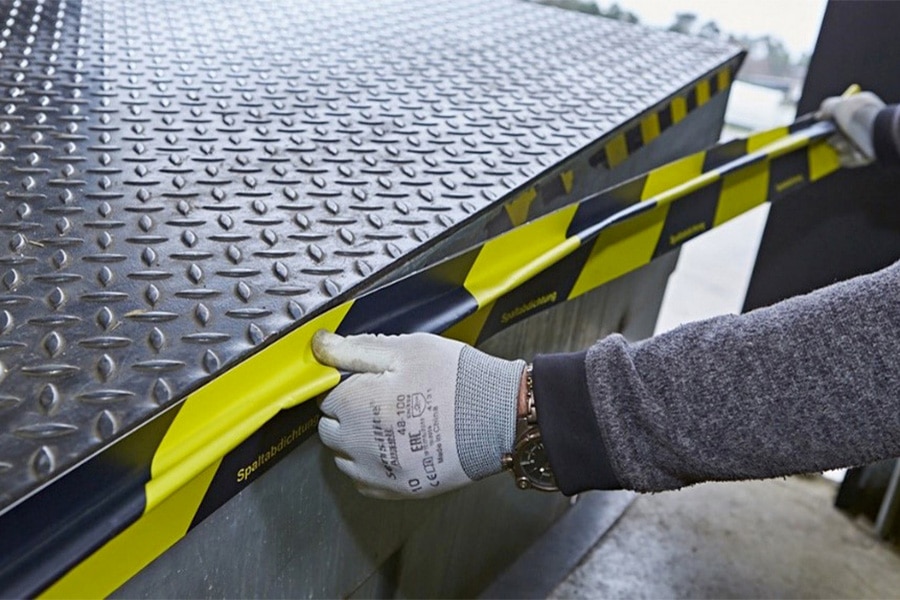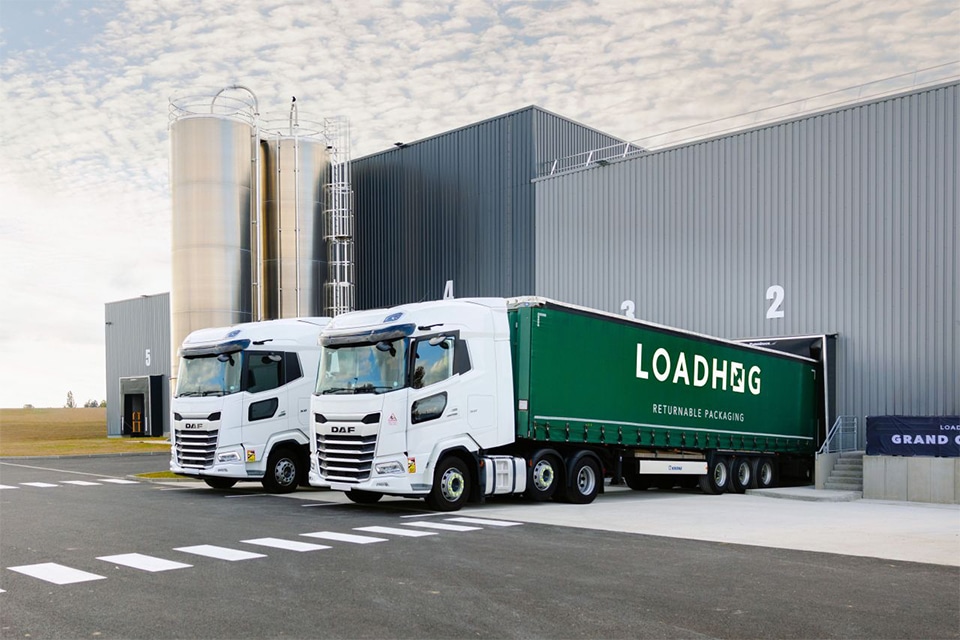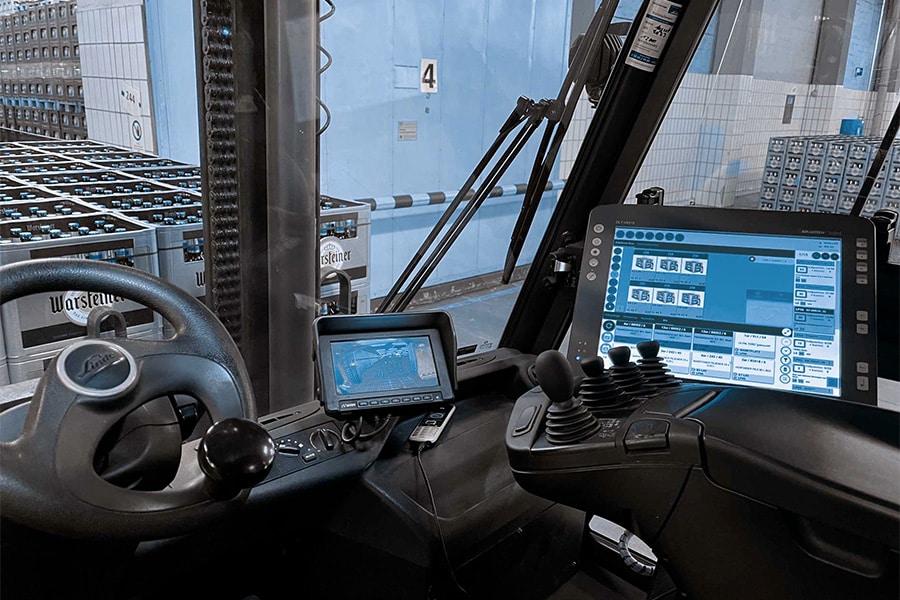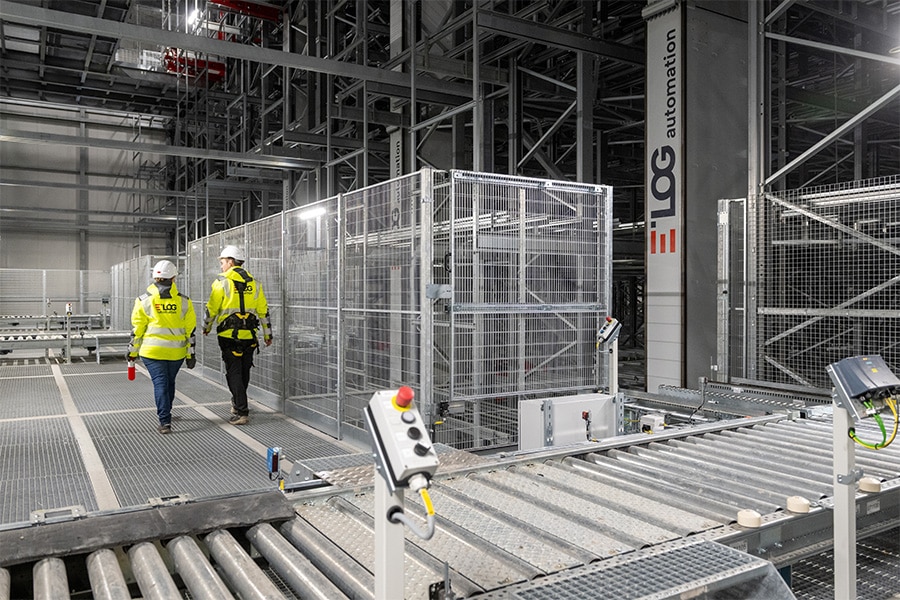
'Retrofit is not an interim solution. It is the rational choice'
The pressure on the logistics sector in the Netherlands and Belgium continues to increase. Higher labor costs, rising energy tariffs and structural problems around permits and grid capacity often make expansion or new construction economically and practically unfeasible. At the same time, expectations around speed, scalability and sustainability continue to rise.
In that context, automation remains necessary, but the classic approach - replace everything, build completely new - increasingly comes up against limits. Retrofit is then quickly seen as an alternative, but that frame is wrong. Retrofit ís not an emergency solution. It is the logical and rational choice in a market that leaves less room for rigid systems and vendor lock-in.

Complexity is rarely in the technology
Most warehouses or production lines we encounter have grown in stages. There are systems of different ages, from multiple vendors, with sometimes outdated PLC controls or poor documentation. It is rarely the technology itself that is the problem, but rather the way it has been historically tied together.
The reflex to then start over from scratch often leads to long lead times, high investments and a repetition of the same problem: you are again buying a closed system that is difficult to adapt.
A well-executed retrofit allows for selective modernization of existing infrastructure. This can range from replacing an outdated PLC to adding autonomous transport systems in one area of the warehouse. You take targeted action where the greatest added value is, without shutting down or rebuilding the entire installation.
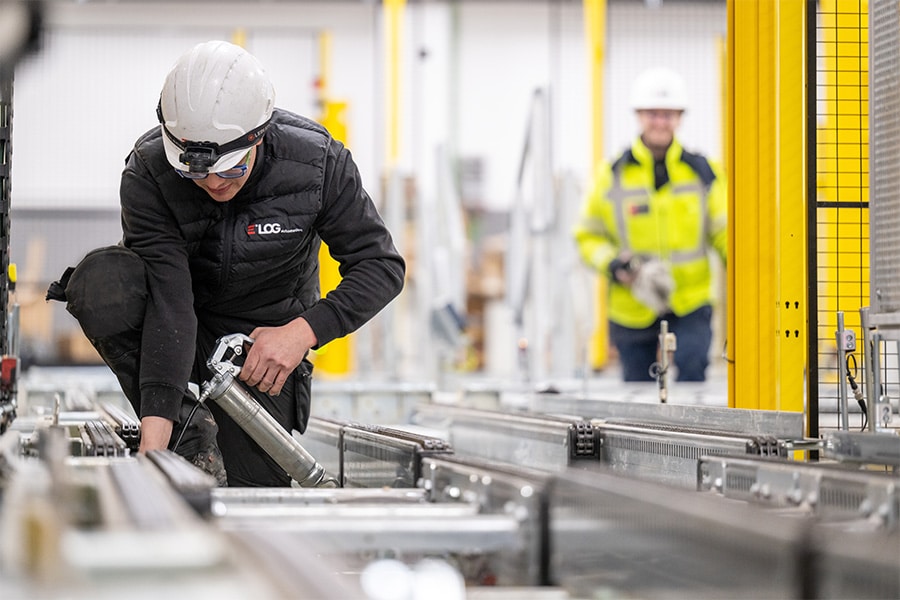
Vendor lock-in is an operational risk
Many companies are stuck with one vendor for updates, modifications or expansion. This not only causes frustration, but also poses a real business risk. Delivery times of simple components can add up to months, while systems grind to a halt due to lack of support.
A vendor-independent retrofit solves that. By using open standards and modular components, companies can modify their systems without having to use the original vendor each time. This does require in-depth technical knowledge and experience in systems integration, as the complexity shifts from hardware to engineering.
Local presence is not a luxury
Retrofit requires a different way of working than traditional turnkey projects. There are few standard solutions and many unexpected situations. Drawings are no longer correct, software has not been updated, safety systems have been changed in the interim.
That's why proximity is crucial. You need people who are on the floor, can quickly assess where the risks are and take responsibility for the solution instead of passing the problem on.
Retrofitting as the new standard
If you want to automate smartly today, start with what's already there. Retrofit is not a temporary solution until "someday" something new comes along. It is a scalable, pragmatic strategy that allows companies to move with their context, without once again driving themselves into closed systems. Retrofit is not an all-or-nothing story. It allows improvement where it counts, while keeping everything else running as usual.
Retrofit is therefore not an alternative. It is the standard.
Heeft u vragen over dit artikel, project of product?
Neem dan rechtstreeks contact op met E'Log Automation.
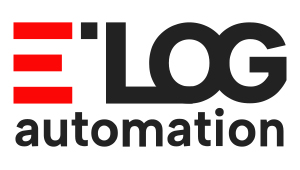 Contact opnemen
Contact opnemen
